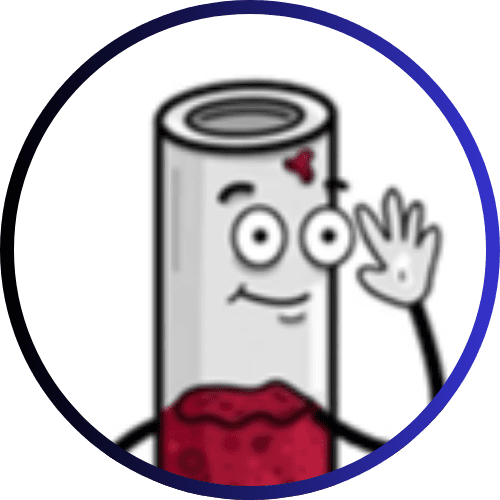Cells convert viral sabotage into effective defense
A newly published study in the journal Nature reveals how human cells cleverly counter viral attacks by converting the pathogens’ acts of sabotage into an alarm signal for controlled cell death. An international team of researchers led by scientists from Philadelphia, Charlestown and Chengdu as well as the Hannover Medical School (MHH) was involved. The results could revolutionize future therapies against viruses, cancer and autoimmune diseases.
Viruses such as herpes simplex virus 1, which causes blister-like rashes, and influenza viruses specifically attack the process of transcriptional termination ŌĆō the completion of RNA production. This results in unusually long RNA molecules that cannot be converted into proteins. This disruption suppresses the cell’s natural antiviral defenses and creates ideal conditions for virus replication.

However, the team led by Lars D├Člken from the Institute of Virology at the MHH discovered that cells perceive this manipulation as a threat. The long RNA molecules fold into special left-handed double strands, so-called Z-RNAs. These structures are recognized by the protein ZBP1, which initiates programmed cell death ŌĆō a type of self-destruction that stops the virus from spreading in the early stages.
What is particularly fascinating is that the Z RNAs form mainly in genome regions that contain remnants of old viral infections ŌĆō silent relics from evolution. Normally, these areas are not transcribed, but viral blockade activates them. In this way, cells transform an ancient vulnerability into a highly effective protective measure. “Evolution has created alarm signals from viral invasions,” summarizes the study, which shows how host and pathogen have co-evolved over millions of years.
D├Člken, one of the four corresponding authors and designated spokesperson of the RESIST Cluster of Excellence at the MHH, emphasizes the depth of this interaction. His group made a significant contribution to the analysis of RNA structures and viral mechanisms. The discovery expands on previous findings on ZBP1, which has already played a role in SARS-CoV-2 and other infections.
The implications extend far beyond viruses. Similar long RNAs occur in cellular stress and cancer. Researchers see potential for new approaches: Drugs could specifically generate Z-RNAs or modulate ZBP1 recognition to boost immune responses. Potential applications include improved vaccines, therapies for autoimmune diseases, or cancer treatments that force tumor cells to self-destruct.
The work will be continued within the framework of the new DFG Research Training Group ACME, which will investigate cellular defense mechanisms against microbes from April 2026. Funded by the German Research Foundation for five years, it trains young scientists and deepens the understanding of intrinsic immunity. This study highlights how fundamental research provides innovative protection strategies against infectious diseases and more.
PREVIEW: The German Congress of Laboratory Medicine (DKLM) 2025 promises exciting insights into the interface between science and clinical practice. Under the motto “Science for Precision Medicine”, the German Society for Clinical Chemistry and Laboratory Medicine (DGKL) and the Umbrella Association for Technologists and Analysts in Medicine Germany (DVTA) invite experts from research, clinics and industry to meet on October 23 and 24 at the Congress Center Leipzig (CCL). The two-day event is aimed at laboratory physicians, biomedical analysts and decision-makers to discuss current advances in diagnostics and strengthen networks. The ceremonial opening of the congress will take place on 22 October with the presentation of the MedLabAwards in the Salles de Pologne.
Editor: X-Press Journalistenb├╝ro GbR
Gender Notice. The personal designations used in this text always refer equally to female, male and diverse persons. Double/triple naming and gendered designations are used for better readability. ected.




